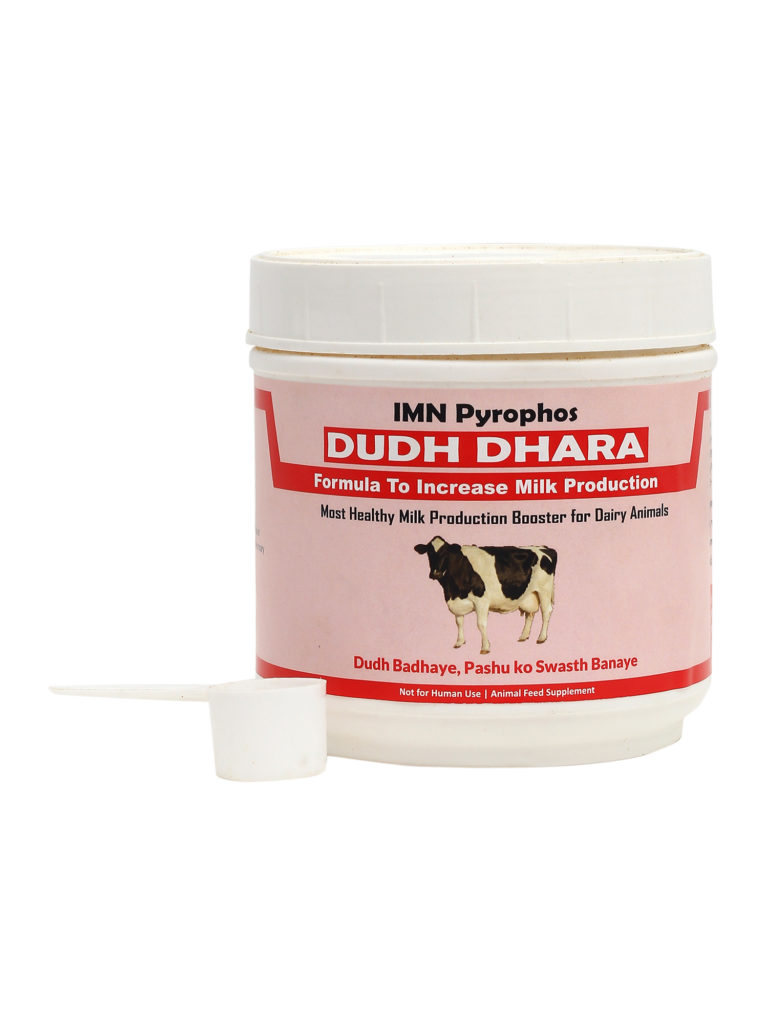Knowledge of dairy cow nutrition is very important in formulating the best cow’s diet. Energy is one of the main components in the nutrition of cows. Energy is nothing in itself but the property of feed by which it sustains the life and production of dairy cattle. There are 5 main components of the cow diet i.e. carbohydrates, protein, fat, vitamin & minerals. Carbohydrates and fats are required for energy production in the body. Here, all the discussion we do will be related to Holstein Friesian cattle, Gir cow, Sahiwal cow and Jersey cow. Energy is the primary limiting factor to animal performance and is the first factor to be considered in formulating rations for cows.
Partitioning of feed energy in animals
The feed has some inherent potential energy called the gross energy (GE) of the feed. All the feed energy cannot be utilized by the cows. Some of the undigested feed goes into the faeces and the remaining feed which is digested contribute to digestible energy (DE). After digestion some of the energy get wasted in urine and gases (methane generation in rumen), left over energy is called as metabolzable energy (ME). This energy is used to calculate nutrients requirements of the feed. Further cow need to maintain their body functioning like energy used in digestion, respiration, neural functions etc. From metabolizable energy some of the energy is used for maintenance of body, after this the last part of the energy is left which is called as net energy (NE) for production. You may have seen terms like Net Energy for Lactation (NEL) or Net Energy for Growth (NEG) etc. This net energy concept is the most accurate concept for energy determination. This is known as partitioning of feed energy in animals.
Another outdated but still in use concept is TDN evaluation. TDN or Total Digestible Nutrient content of food was calculated as the combined weight in 100 kg of food of digestible crude protein and digestible carbohydrate (crude fibre plus nitrogen-free extractives), plus 2.25 times the weight of digestible ether extract.

Energy units used in animal nutrition are confusing!
1. A calorie (called a ‘small c’ calorie) is ‘the energy required to raise the temperature of 1 mL of water by 1°C (from 14.5ºC to 15.5ºC) at 1 standard atmosphere in a bomb calorimeter’.
2. However, when nutritionists use the term Calorie (‘big C’ calorie) in human and pet nutrition, they are referring to a kilocalorie (as defined above).
3. To convert big C Calories to joules (the SI unit of energy): 1 Calorie = 4.184 kilojoules.
4. In India, we measure ME of feed in Kcal and usually not in KJ but in the European system, KJ is the preferred notion, so when you study European books you might get different values.
Ali Veterinary Wisdom









